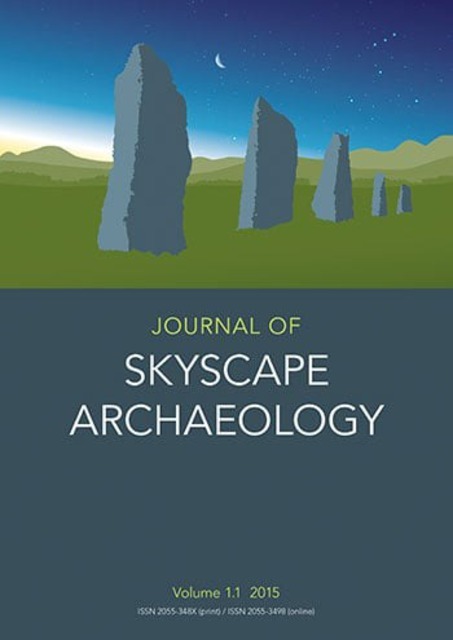JSA/First Light on Archaic Petroglyphs in East-Central Utah as Solstice Markers

Full description
This research questions whether nomadic hunter-gatherers in prehistoric North America tracked solstices via their observations of visual horizons from rock art sites in east-central Utah. This area was inhabited by hunter-gatherers throughout prehistory, with dateable evidence of fully sedentary agriculturalists of Ancestral Puebloan and/or Fremont culture present only for between 900 and 1150 AD. This relatively brief use of the area by agriculturalists serves as a timestamp in rock art palimpsests to identify older, repatinated images made by hunter-gatherers during the earlier Archaic period. Low points in the horizon were measured from petroglyph sites originally chosen by Archaic people, and the results used to model solstice horizon events using Stellarium. It was found that a significant number of Archaic petroglyph sites were placed in the landscape to witness the first light of sunrise on winter solstice. Sunrise and sunset for summer solstice and winter sunset were also found at petroglyph sites more frequently than at habitation sites and an activity site used as a control group. The paper concludes with potential pragmatic and sacred aspects of the hunter-gatherer relationship with the Sun and solstices.
- typeImage
- created on
- file formatjpg
- file size20 KB
- container titleJournal of Skyscape Archaeology
- creatorIza Steiner
- issn2055-3498 (Online)
- issue10.2
- publisherEquinox Publishing Ltd.
- publisher placeSheffield, United Kingdom
- rights holderEquinox Publishing Ltd.
- doi
We use cookies to analyze our traffic. Please decide if you are willing to accept cookies from our website. You can change this setting anytime in Privacy Settings.
